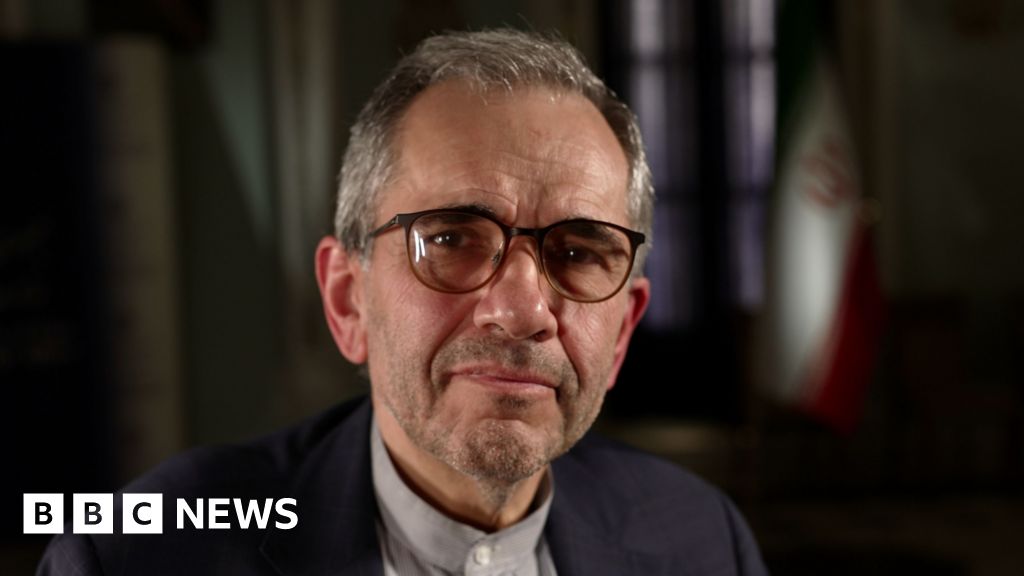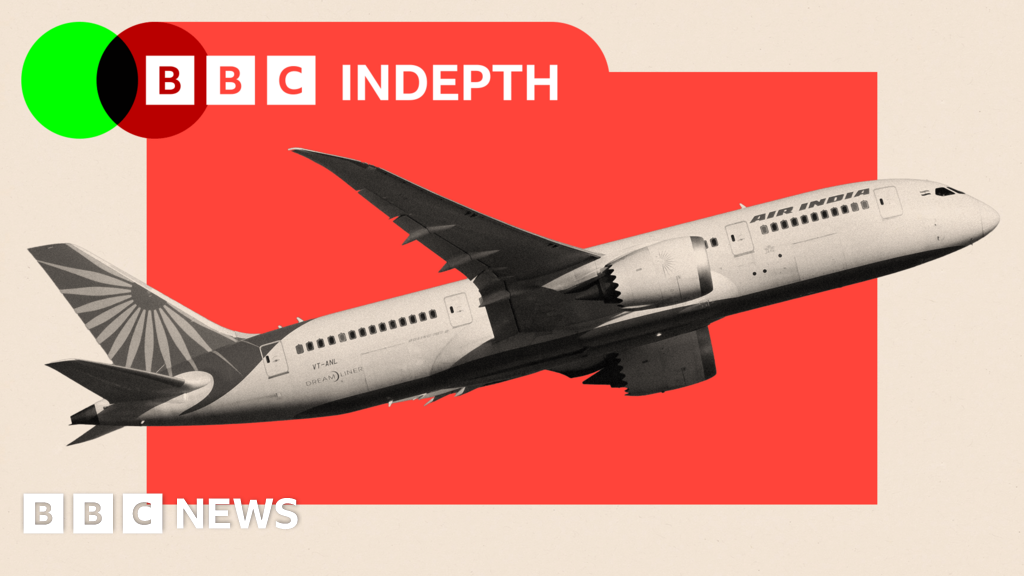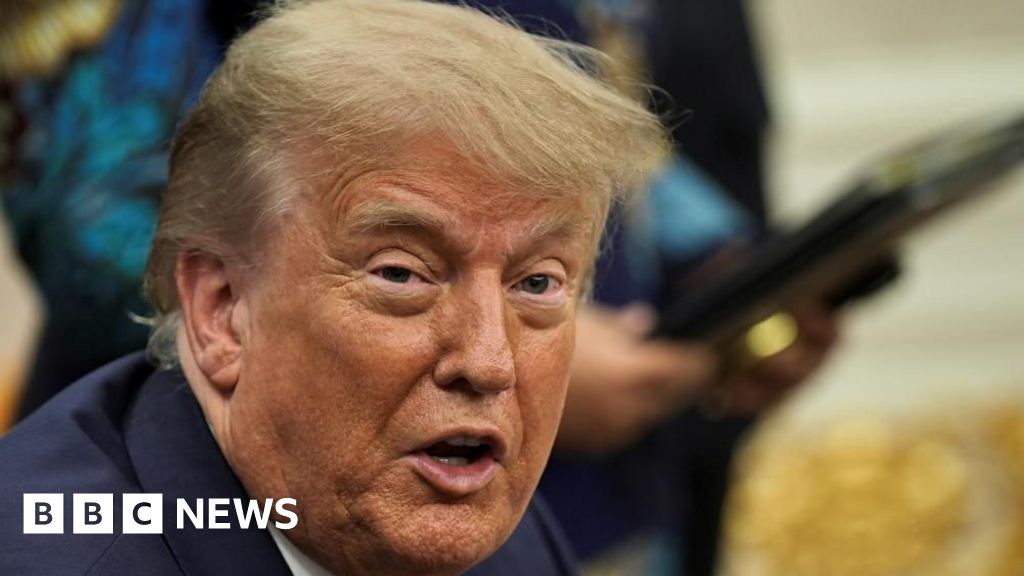Sam Tighe
Jul 4, 2025, 08:00 AM
The Premier League's top clubs have leapt into action early this summer, splashing the cash and securing a series of high-profile signings. At the time of writing, 13 separate deals have been struck for £30 million or more, with Chelsea and Manchester City particularly active ahead of the Club World Cup, while Liverpool have moved quickly to strengthen ahead of their title defense to the tune of over £170m.
However, many of these transfers should attract genuine question marks and pause for thought. It is no guarantee that spending big money yields success and, in many cases, new arrivals either need time to adapt, or create ripple effects that change the makeup of a team.
Here, we assess six of those 13 major deals and ask what challenges lie ahead for them.
Transfer: Jeremie Frimpong, Bayer Leverkusen to Liverpool, £30m
Question: Can he play at right back?
It's been a while since Frimpong played at right back -- the position he is slated to play for his new club following the departure of Trent Alexander-Arnold. Indeed, the Netherlands international spent the vast majority of his last two seasons at Leverkusen playing wing back, winger or even a slightly narrower attacking midfield role.
Searching for recent examples of him playing as an actual right back is a borderline fruitless task: His national side has deployed him there twice in the past 16 months, while Opta's match logs suggest Frimpong played there against fourth-tier German side FC Teutonia Ottensen in the DFB-Pokal round of 64. However, he started his Leverkusen career in that position, having signed from Celtic in 2021 as a flying fullback who exhilarated the crowd.
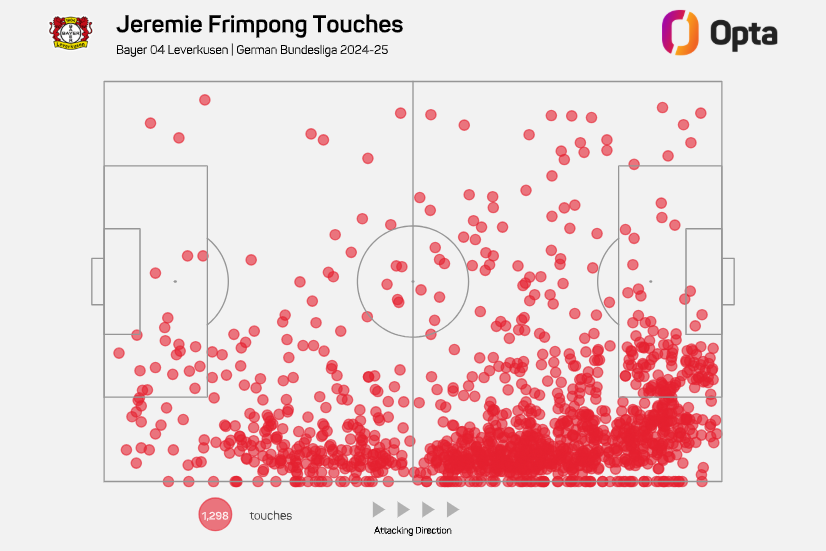
The curious thing about this sort of transfer is that, while Arne Slot will be hoping to tap into Frimpong's muscle memory, the fact is the Dutchman has flourished and evolved into the player he is today in part because he has played elsewhere.
He could return to playing right back at Liverpool a more accomplished, rounded player and look better than ever before ... though it might also be fair to expect some growing pains, given he's changing positions while also stepping up in terms of the quality of the league.
It's probably for the best that Liverpool have gone for a completely different style of right back to Alexander-Arnold -- a poor imitation of him would have surely failed -- but moving so markedly in a different direction brings questions all the same.
Transfer: Milos Kerez, Bournemouth to Liverpool, £40m
Question: Will he leave Liverpool exposed?
Speaking of new Liverpool fullbacks, there's a fresh face on the opposite side, too. Kerkez feels like he will be a tremendous long-term replacement for left back Andy Robertson, who is beginning to slow down after half a decade at the top, and mirrors the Scotland international's nonstop energy, aggression and all-round physical attributes.
But, as with Frimpong, Kerkez is no plug-and-play replacement. That much should be obvious by the fact he's only 21 years old and has limited experience at the top level. He will need to improve in a number of different ways to truly step into Robertson's shoes.
The first big difference could come during Liverpool's buildup play, as Robertson had a habit of inverting into more central areas during this phase. It wasn't uncommon to see him become a temporary left center back as the back four switched to a three, nor was it strange to see him invert into midfield once the ball had moved a little higher.
Kerkez doesn't really do any of this, because Bournemouth coach Andoni Iraola never asked him to. Slot doesn't have to stick to the same system -- although he's not going to ask Frimpong to become a third center back for reasons noted above -- so the only other alternative would be to ask midfielder Ryan Gravenberch to drop in from the No. 6 position.
Another issue, according to a specialist one-vs.-one coach consulted for this piece (who works with Premier League and Bundesliga players and compiles individual analysis for them to learn from) is how Premier League wingers have been able to use Kerkez's extreme energy against him.
"As a defender, he is jumpy and impulsive. He falls for feints, swerves and fakes a bit too easily," the coach told ESPN. "He's impatient, jumps in and bites on things too easily, ending up on the floor too often. He also locks onto players and follows them everywhere, opening up gaps for others to utilize."
The coach was quick to note that Kerkez's recovery ability is top notch, so he encouraged his clients to pass or shoot quickly after beating him. But with the spotlight brighter than ever, it's vital that Kerkez works with his coaches on how to stand up to Europe's top wingers better.
1:43
Ogden: No logic behind Chelsea signing João Pedro
Mark Ogden reacts to Chelsea's proposed move for Brighton's João Pedro.
João Pedro, Brighton to Chelsea, £55m
Question: Will he get in Cole Palmer's way?
Pedro followed Moisés Caicedo and Marc Cucurella from Brighton to Chelsea, but he represents the culmination of a big shift in the club's transfer policy. After spending the past two years with just one natural striker (Nicolas Jackson) in the squad, the Blues now have three, after adding Liam Delap and Pedro in quick succession.
Jackson and Delap are similar types of forwards -- they're both big, burly guys who occupy center backs, battle in the channels, run in behind and stretch play -- but Pedro is different: far more cultured, adept at playing flicks, and as much of a playmaker as he is a finisher.
In short, the way to describe Pedro is that he's the Premier League's closest offering to former Liverpool striker Roberto Firmino right now.
On paper, that sounds great. Firmino was part of an all-conquering Liverpool front three in which Mohamed Salah and Sadio Mané fed off the Brazilian's luxurious assists, clever movements and unselfish behavior. Who wouldn't want such a helpful forward? The problem is, the surrounding makeup of Chelsea's team doesn't obviously lend itself to a Firmino-like No. 9.
The most glaring issue there is that Chelsea's wide forwards are hardly goal machines. Salah and Mané were basically strikers in disguise, but Pedro Neto (four goals in the league), Noni Madueke (seven) and Jamie Gittens (more on him later) are genuine wingers. If Pedro scores only 10 league goals next season -- and his career history suggests that could be the case -- others will need to pick up the slack.
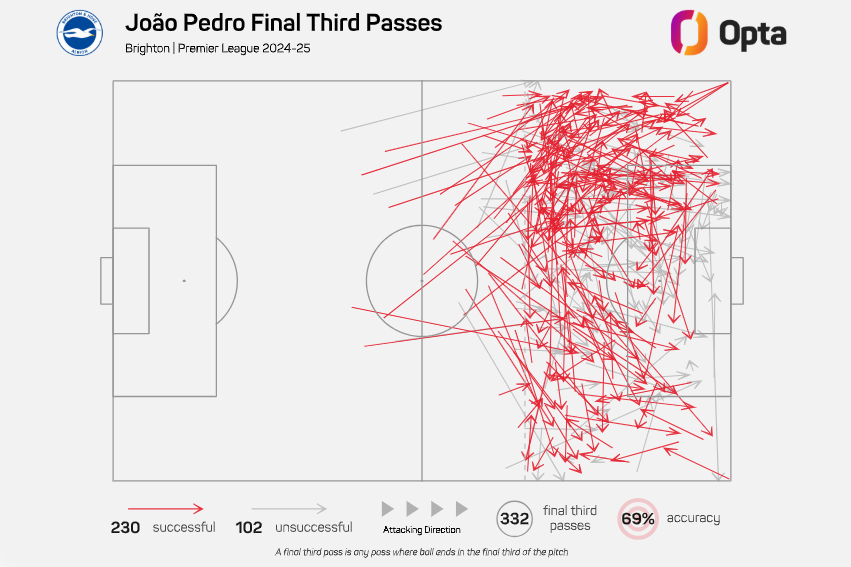
Of course, that situation is not new to Chelsea. Jackson scored 14 league goals in 2023-24 and 10 in 2024-25, leaving Palmer to do the rest from midfield. In fact, Jackson's movement and runs, which dragged defenders out of Palmer's way, were key to creating the space the England international needed to shoot and score. But what happens to Palmer's game if his teammate is dropping in toward him, not dragging defenders away from him? Does it crush the pocket of space he needs to work in?
Lastly, it should be noted that there is a general expectation for expensive strikers to score lots of goals. Even if they're multitalented and bring so much more to the table, they are criticized if they don't hit 20 per season. Firmino suffered from it, Arsenal's Kai Havertz and Jackson suffer from it ... heck, even Karim Benzema wasn't immune to it at Real Madrid
Pedro scored five non-penalty league goals last season, and five the season before that. On the assumption he doesn't get to take penalties at Stamford Bridge because Palmer is so good at them, will the Brazil international ever be able to do enough to be fully appreciated?
Jamie Gittens, Borussia Dortmund to Chelsea, £55m
Question: Will he help his teammates?
Having failed to make the grade at Manchester City's academy in 2020, Gittens' first full campaign at the top level with Dortmund culminated in a £55m move back to England. An exciting young winger, he certainly fits the Blues' transfer brief to a tee.
But that statement can be taken in both a positive and negative light. On the one hand, it's clear he has huge potential; on the other, it's obvious he's still in his development stage. Gittens scored 12 goals in the Bundesliga and Champions League last season, and many looked very similar: He would receive the ball wide on the left, cut inside, skip past challenges and find the far, top corner. He began doing it so consistently it started to look like a signature move.
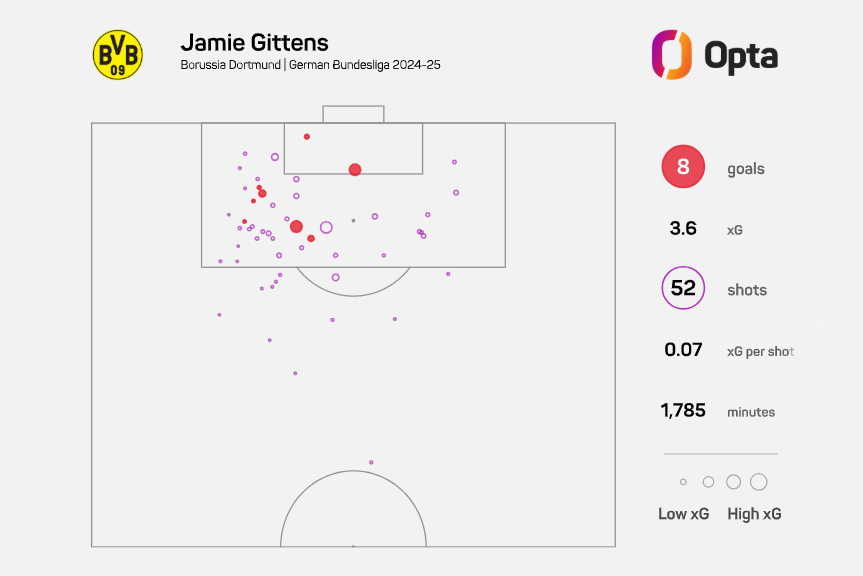
Unfortunately, almost all of his goals came in the first half of the season, when Dortmund happened to be an absolute mess. As a team they were disjointed, left huge gaps in defense and attacked without coordination. It left them 11th in the table by the end of January, so manager Nuri Şahin was sacked and replaced by Niko Kovač.
Kovač steadily stabilized the team and, in the process, Gittens fell out of the XI. He started 79% of league games under Şahin, but just 40% under his replacement. There have been suggestions the England U21 international was battling injury, but his main problem was that the player being picked ahead of him (Karim Adeyemi) was willing to sacrifice himself for the team, put in the defensive work and hold Kovač's structure, whereas Gittens was seen as more individualistic.
There's an element to that which Chelsea boss Enzo Maresca might like -- after all, he literally implored his wingers to shoot more this season, and Gittens isn't shy -- but the winger's lack of experience with the more boring parts of playing top-level tactical football could lead to a tough learning curve.
2:01
Are Cunha and Mbuemo the signings Manchester United need?
Gab Marcotti and Julien Laurens question whether Matheus Cunha and Bryan Mbeumo are suitable signings for Manchester United's rebuild.
Matheus Cunha, Wolves to Manchester United, £62.5m
Question: Can he repeat last season's efforts?
Cunha finished second in a particularly dreaded statistic in 2024-25: expected goals (xG) overperformance. And the club's other target, Brentford striker Bryan Mbeumo, finished top. This serves as a signal that the two players had the season of their lives in front of goal ... and likely won't be able to repeat the feat.
Based on the shots Mbeumo took in the league last season, he was statistically expected to score 12.3 goals but actually hit the 20 mark. Cunha achieved a similar feat by netting 15 off 8.6 xG.
How? Put simply, they did it by continually scoring from distance or from tight angles. Indeed, Cunha scored a remarkable five goals from 24 yards out or further, with some particularly outrageous efforts coming against Aston Villa, Southampton and Man United themselves. His 15 total goals represented his best-ever haul, up from 12 the season before, and he had never breached double figures before 2023-24.
You can slice that sort of thing one of two ways: optimists will point to the fact he has outperformed his xG for two years straight and suggest that, at 26 years of age, he has found his groove; others, though, would suggest it won't happen again.
ESPN asked a couple of data analysts working in Europe's top five leagues how they'd gauge this overperformance. "Signing players following xG overperformance isn't a sin in itself; it all depends on how that overperformance influences any potential fee and what you expect of the player," one explained. "How a player fits in is key. If they slot well into Rúben Amorim's system and continue to perform, the inflated fees could be justified."
At the very least, Cunha (and Mbeumo) have obvious places in Amorim's trademark system -- the two wide No. 10 roles that support the lone central striker. These players should be able to get shots off from these positions and angles, giving them at least the platform to repeat their 2024-25 heroics. But if the goals don't come the way they did before, no one should be particularly surprised.
 (1).png)
 6 hours ago
2
6 hours ago
2










